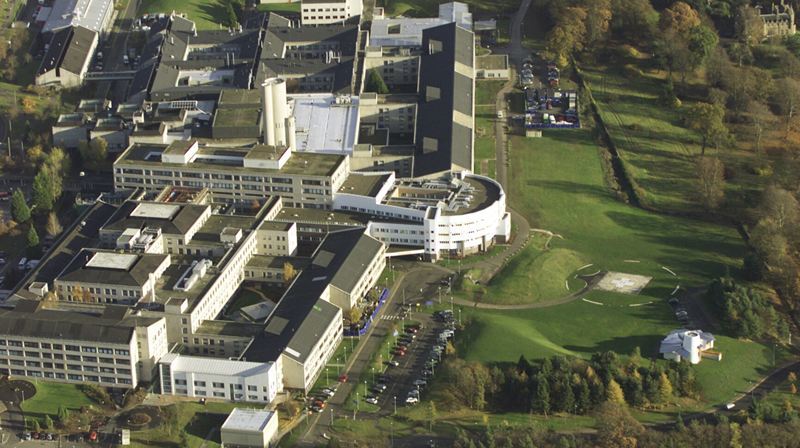Promoting clinicians to unnecessary management roles is leaving the NHS front-line understaffed, a consultant at Ninewells Hospital in Dundee has claimed.
The consultant, who has asked not to be named, said not only is the middle-tier of management wasteful, it also hinders the health service’s ability to provide quality care.
He claimed clinicians are often promoted to management roles but then no one is recruited to take over their medical duties.
“From my experience the top tier of NHS management are excellent, have vision and have ability to listen and engage with their staff, and ultimately do deliver,” he said. “The main reason for this is that these people end up in management because they have been very successful members of clinical staff or are skilled managers.
“The bottom tier of management, which is most closely aligned to staff on the ground, is delivered by charge nurses and consultant leaders.
“This is the think-tank where initiatives, which are often highly efficient and always aimed at better patient quality of care, usually come from. Most importantly, these ideas have staff buy-in because they have come from a staff team.
“But the management between the top and bottom tiers is where the NHS has a problem. There are a few good managers in this tier, but in the whole this area is wasteful and indeed has a negative impact on services.”‘No management experience'”Many of these ‘managers’ are members of staff who have been re-deployed and found clinical work too stressful. They usually have no management experience and often-as they have not had impressive clinical careers-the staff they manage have little respect for them,” he said.
“Not only do these staff take up large salaries that could be reinvested in front-line staff, they don’t have skills to turn staff visions and ideas into reality.”
He said that management can spend years deliberating how to improve a service before any action is actually taken.
“It is almost always senior managers that have to intervene to deliver on these initiatives once front-line staff have by-passed middle management,” he said. “As clinical staff leave posts they are not being replaced and there is virtually a ban on agency staff. So we now have huge gaps in front-line staffing which is affecting patient care.
“A novel idea may be to look at getting these middle-grade managers who have come from a clinical background to relinquish much of their current duties and get back to the front-line and deliver patient care. This will improve patient quality of care by addressing staffing shortages across the board. It will also go a massive way to lifting clinical staff morale by sending out the message that all NHS staff are in this together.”
Former professor of medicine Mark Noble agreed that too much money is being wasted on bureaucracy.’Bureaucracy saps morale’He said, “With all the extra money poured into the NHS, why are there so many complaints from patients that the service has not improved proportionately? The answer to this is very simple far too much of the extra money has gone into bureaucracy, bureaucracy that saps the morale of the doctors.”
Mr Noble said some managers’ lack of understanding about the health service was directly contributing to the rise in hospital-acquired infections such as MRSA.
“There are many layers of unnecessary managers who are in control, many of whom do not understand medicine,” he said. “The result is that the front-line workers on the wards have low morale and just do their jobs without extra effort fuelled by enthusiasm.”
He went on, “For some time we have been building new hospitals in which the internal air temperature is controlled but circulated. This means that, in spite of filtering, germs also get circulated and one patient’s infection becomes everybody’s. The correct design of wards consists of single-storey buildings laid out in spacious grounds in which windows can be opened and, when weather permits, patients able to be outside.”
He concluded, “The essential problem with the NHS is that the front-line workers-doctors, nurses, paramedics, porters, cleaners and so on-are disillusioned. Remove unnecessary management, make the doctors take responsibility for the services provided and run the services at each individual establishment, with central funding.”
